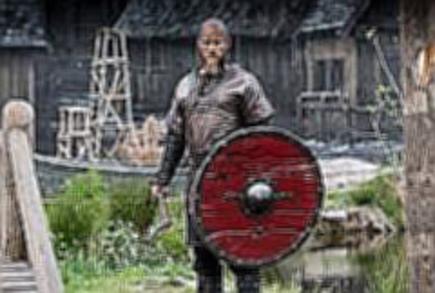Vikings did not have surnames as we know them today. They used the patronymic system or more rarely, a metronymic was used. Snorri Sturluson means Snorri, son of Sturla, for example.
Do Vikings still exist? Today, the inhabitants of Greenland and Iceland are the descendants of the Vikings who initially settled the islands, which were unpopulated at the time. Today, the area of France known as Normandy is named for the Norse men – the Vikings – who invaded and eventually settled down there.
Was there a Viking queen?

Gunnhild, the infamous Viking queen that ruled over three nations, had many names: queen, sorceress, mother to a generation. Seen as a scourge to kings and kin alike, much of what we know of her must be pieced together from fragmented stories and the bile of her enemies.
Did Vikings share their wives? There is no record of Vikings sharing their wives. If anything, the available evidence suggests that Viking men of high status often had several female partners apart from their wives. This left low-ranking Viking men at a disadvantage when securing partners for themselves.
Was Ragnar a real Viking?

According to medieval sources, Ragnar Lothbrok was a 9th-century Danish Viking king and warrior known for his exploits, for his death in a snake pit at the hands of Aella of Northumbria, and for being the father of Halfdan, Ivar the Boneless, and Hubba, who led an invasion of East Anglia in 865. Did Vikings go to Africa? England wasn't the only place where the Vikings made themselves known: they sailed as far south as North Africa, as far west as Canada, and into the Middle East, Russia, France, and Spain (see a map).
Were Vikings taller than average?
Despite their ferocious tales of battle and lifestyle, you may be surprised to know that the average height of Viking men was 5 ft 9 in (176 cm), and the average height of Viking women was 5 ft 1 in (158 cm). The height of an average Viking was shorter than the height of today's Englishmen by almost 3-4 in (8-10 cm)!
